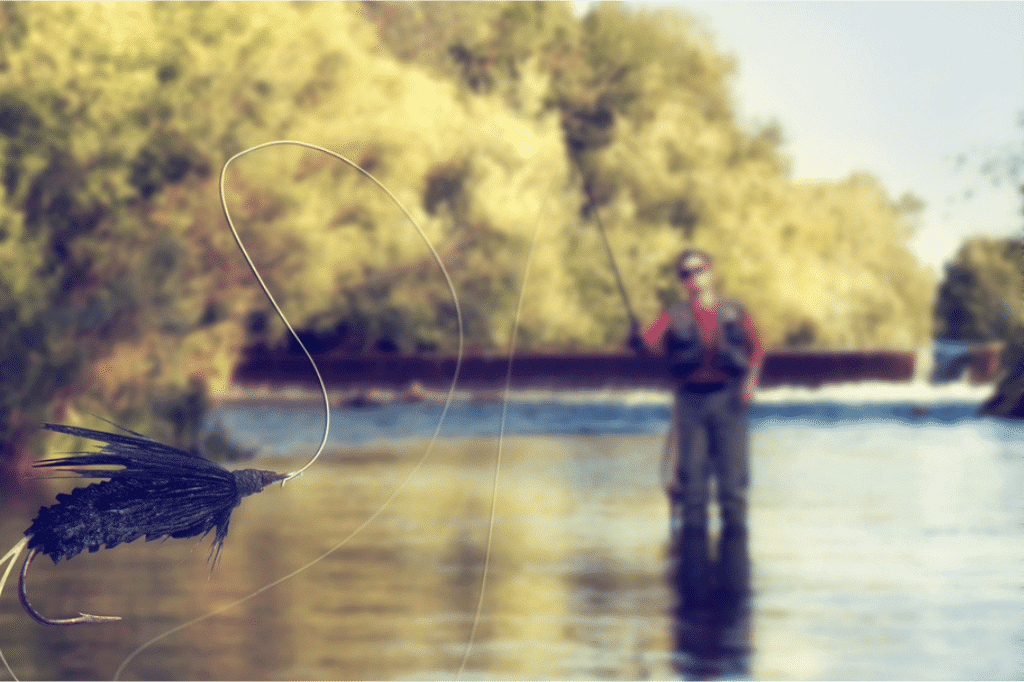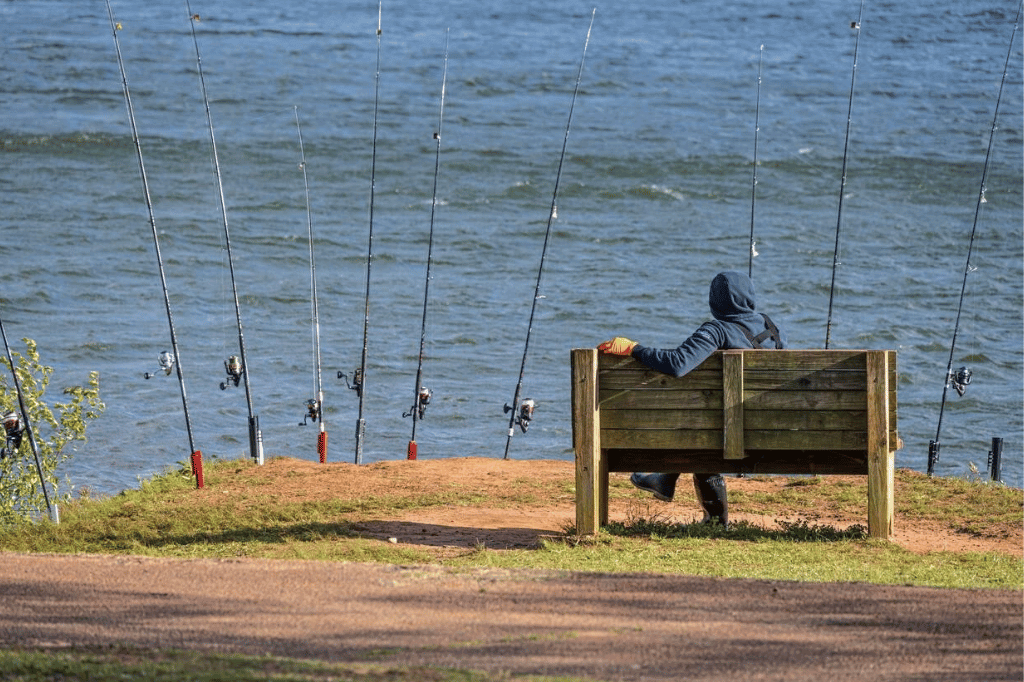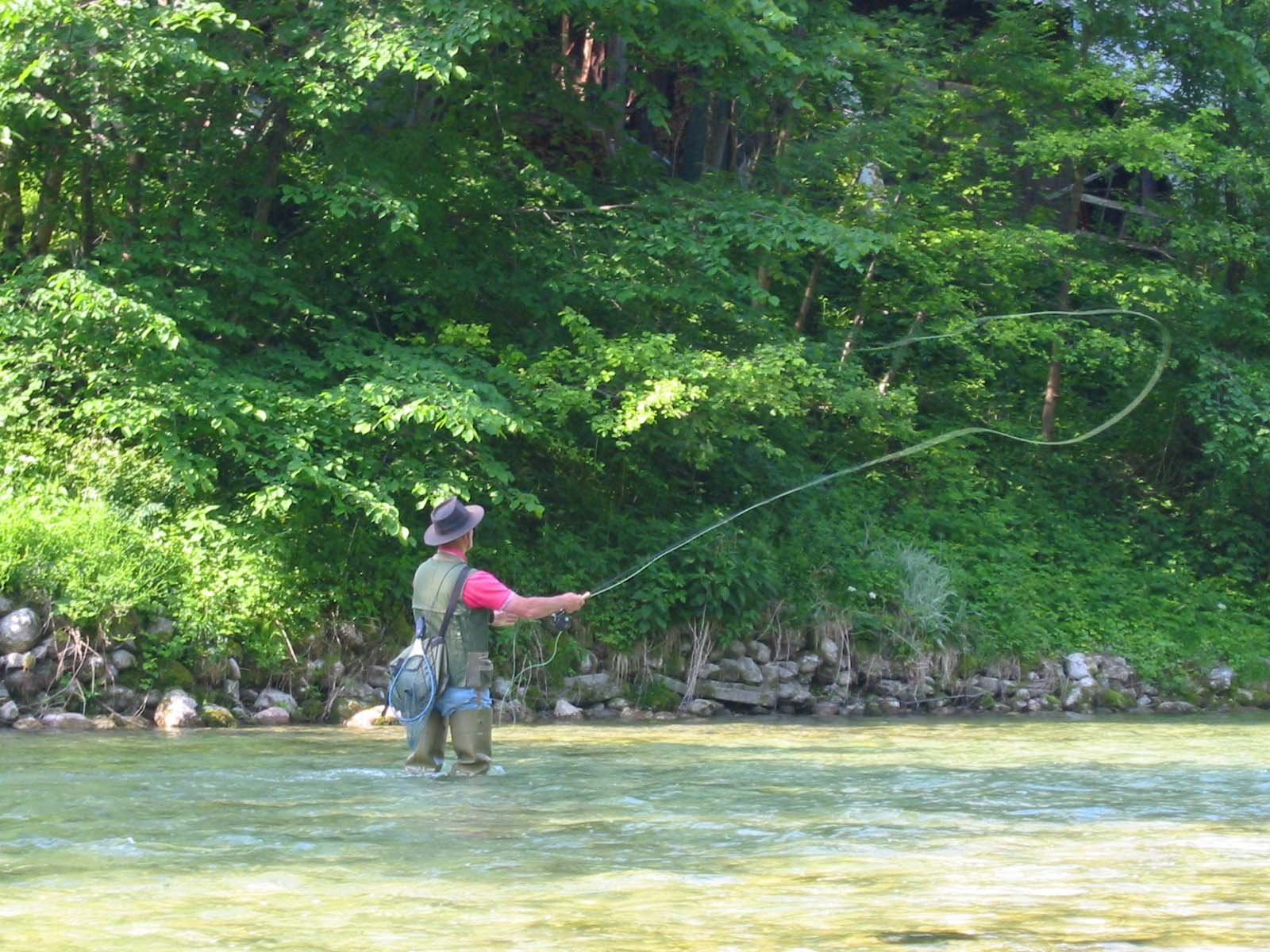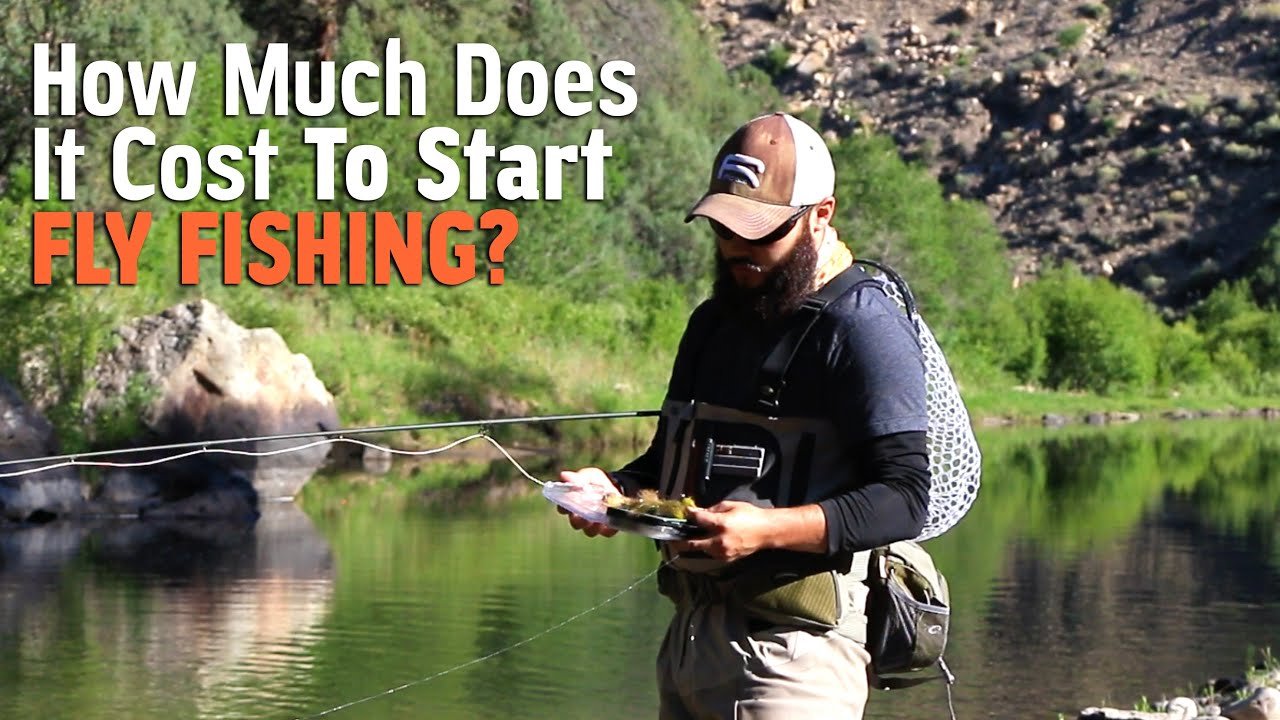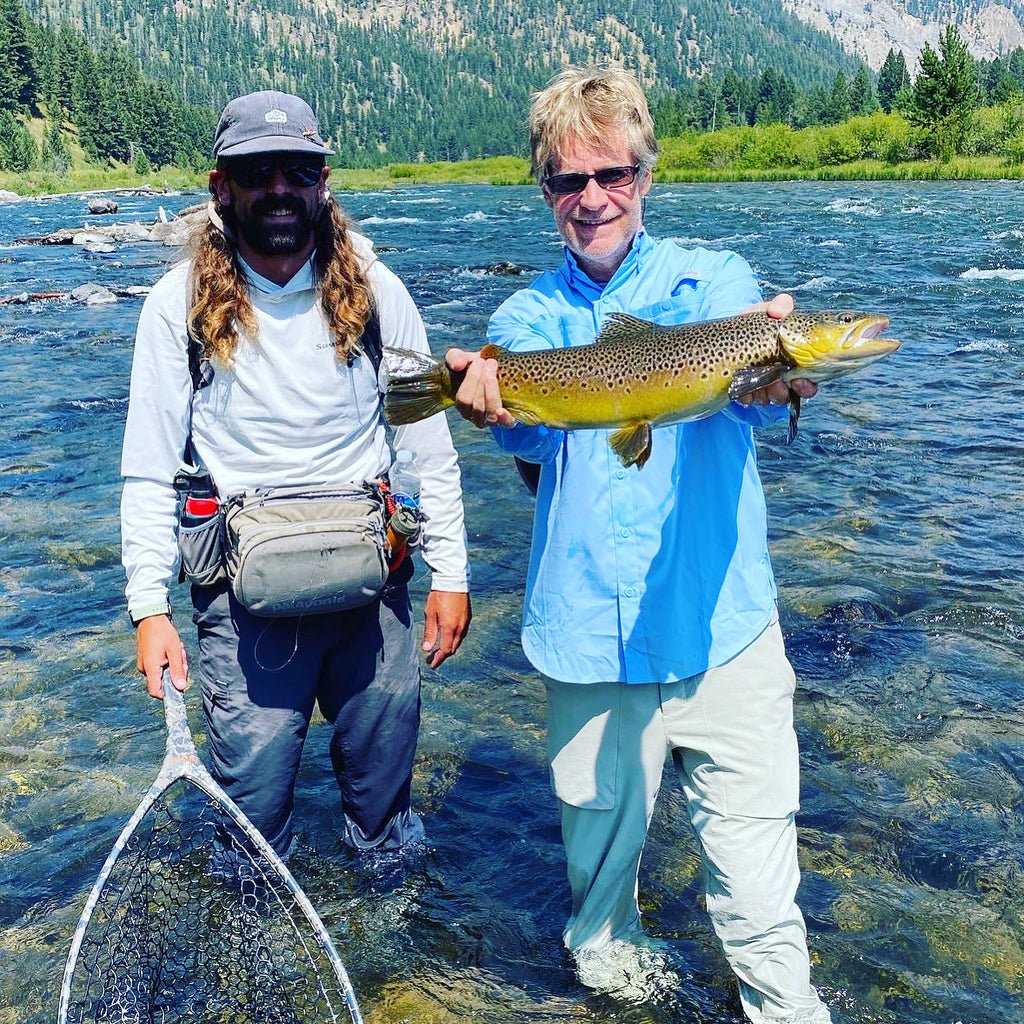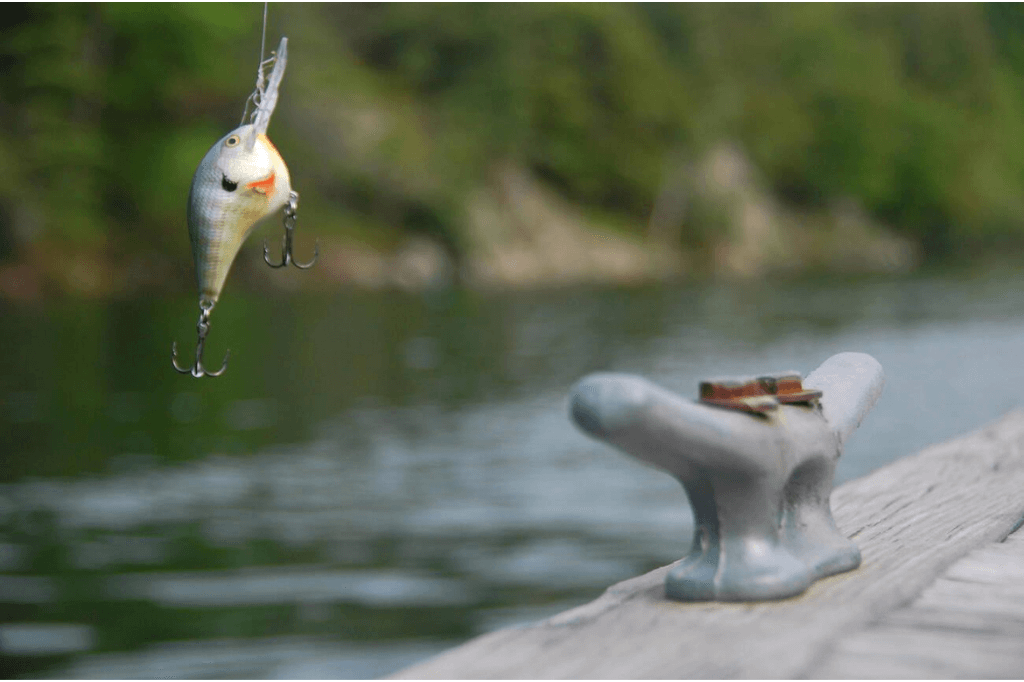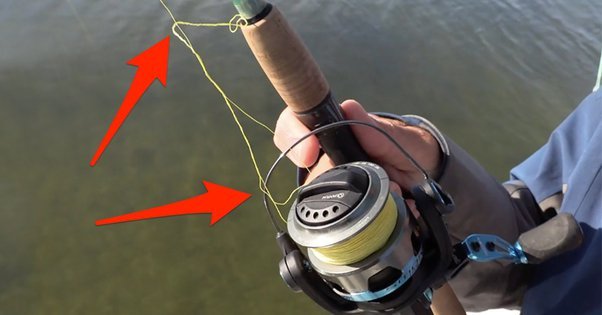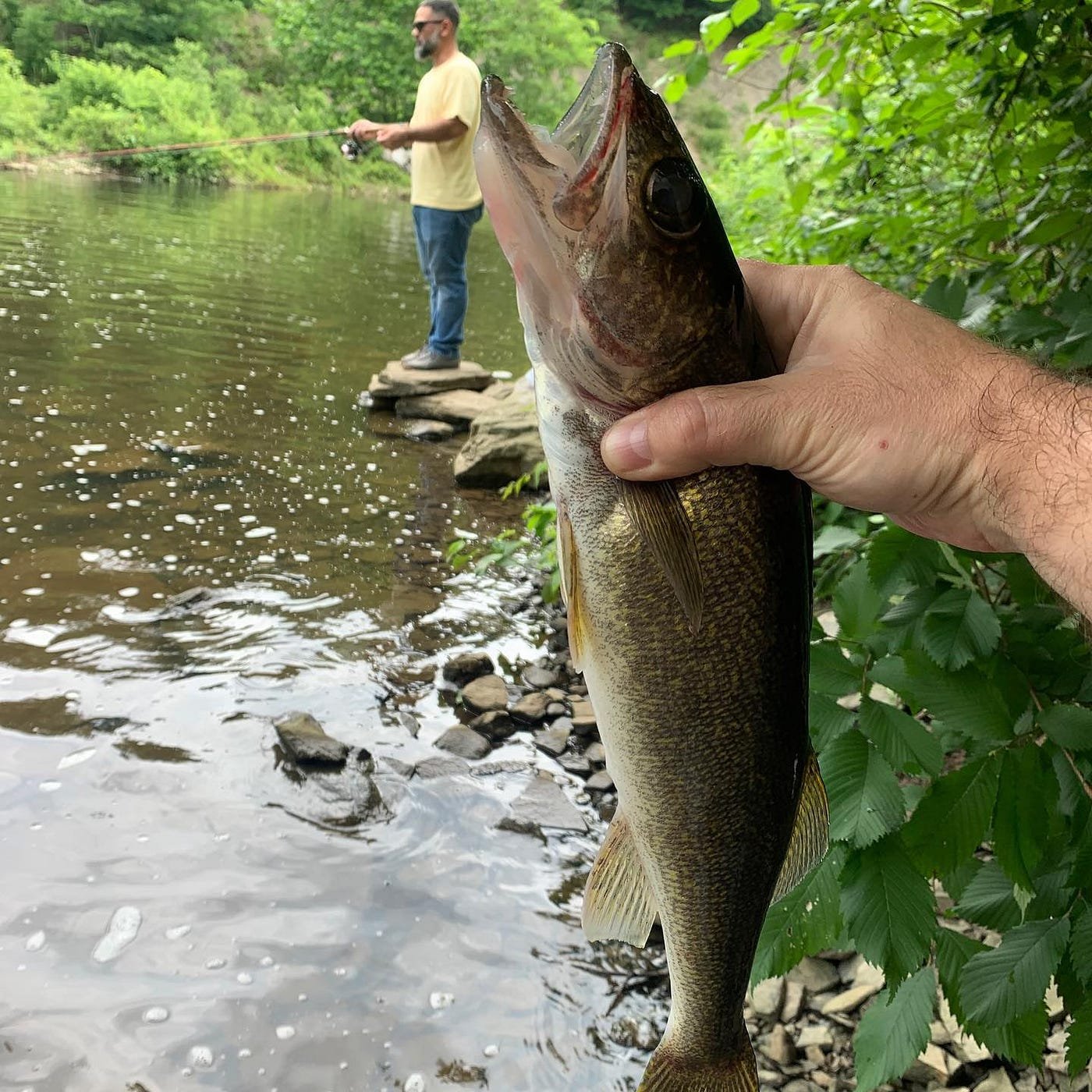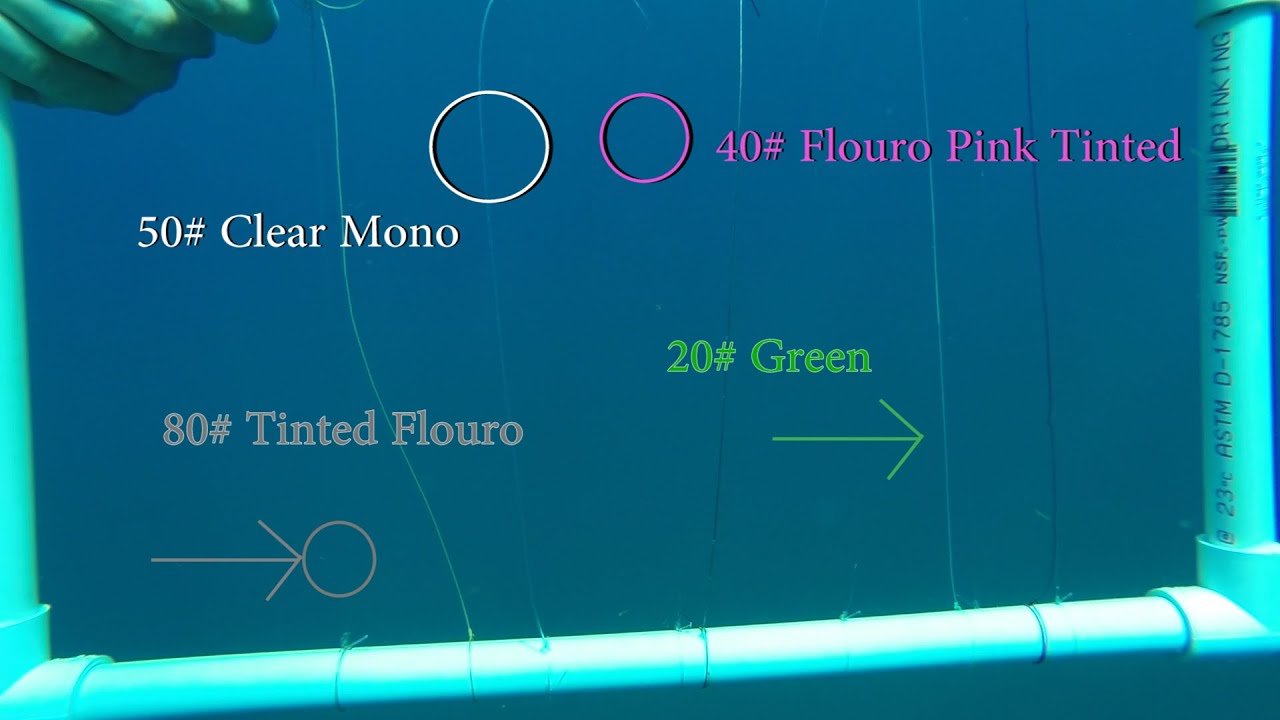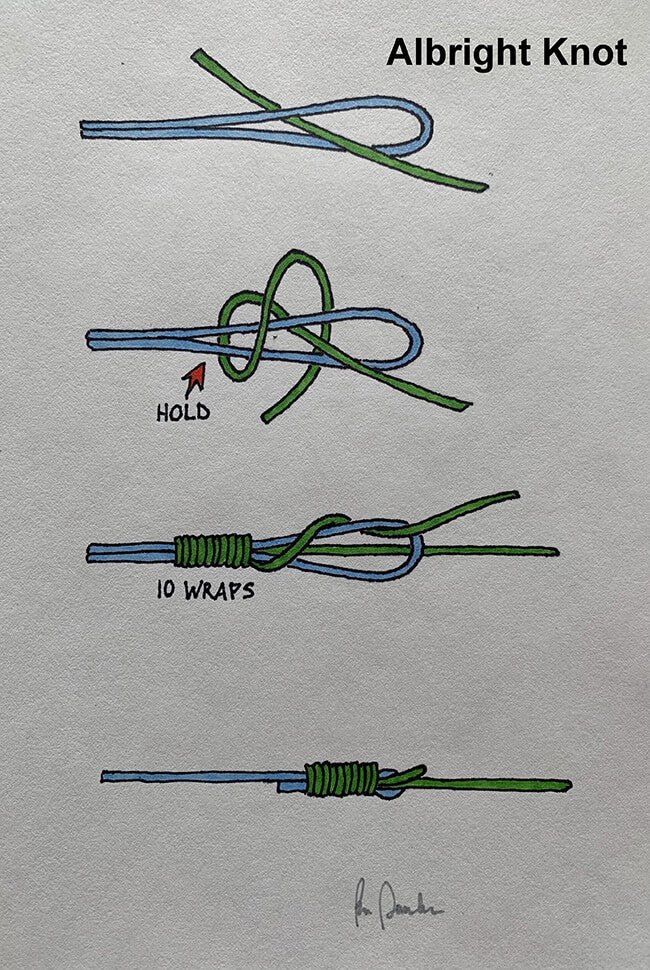Barometric pressure, or atmospheric pressure, is a critical factor for fishermen to consider when planning their fishing expeditions. Changes in this pressure can alter fish patterns and feeding habits, making it pivotal for catching success. Many seasoned anglers have learned to read barometric trends to predict optimal fishing periods.
High-pressure systems can signal more active fish and increase the likelihood of a bountiful catch. Understanding the nuances of how pressure changes affect various fish species is an invaluable skill. Anglers equipped with this knowledge stand a better chance of reeling in their prized catch, whether they’re fishing in freshwater lakes or the deep blue sea. Keep an eye on the barometer for your next fishing adventure – it might just be the edge you need.
The Basics Of Barometric Pressure
What Is Barometric Pressure?
Barometric pressure, or air pressure, is the weight of the atmosphere above us. It’s a key factor that affects the weather and, as a result, fishing conditions. A high barometric pressure often leads to clear skies. Fish tend to be slow and spend time at deeper levels. When the pressure is low, skies are usually cloudy, which can mean active fish and better fishing.Measuring Barometric Pressure
Fishers use barometers to track air pressure changes. Modern barometers provide digital readings, displaying pressure in inches of mercury (inHg) or millibars (mb). A standard pressure at sea level is measured at 29.92 inHg or 1013.25mb. Changes in readings can signal shifts in fish behavior. When the barometer is steady or rising, conditions could be right for still-fishing. A falling barometer suggests it’s time for active lures and techniques. Here’s a simple table to understand barometric pressure readings and fishing activity:| Pressure Trend | Expected Fish Activity |
|---|---|
| Steady | Normal activity |
| Rising | Decreasing activity |
| Falling | Increasing activity |
Effects Of Barometric Pressure On Fish
Barometric Pressure Fluctuations
Barometric pressure is the weight of the air above us. It changes with the weather. Fish can ‘feel’ these changes, even underwater. A quick move in pressure sends a signal to fish.- Falling pressure often means bad weather. It gets fish busy feeding.
- Rising pressure signals clear skies. Fish may slow down and hide more.
- Steady pressure means normal activity. It’s a comfortable time for fish.
How Fish Respond To Changes In Barometric Pressure
Fishes’ swim bladders feel pressure changes. This tiny organ helps them stay upright and balanced. When the pressure shifts, fish act differently.| Pressure Change | Fish Behavior |
|---|---|
| Rapidly Dropping | Feeding frenzy, then hiding |
| Slowly Dropping | Normal feeding |
| Rapidly Rising | Less active, deeper water |
| Slowly Rising | Normal to slow activity |
| Stable | Steady behavior, good fishing |
Optimal Barometric Pressure For Fishing
Identifying Ideal Conditions
Ideal barometric pressure for fishing falls between 29.70 and 30.40 inches (inHg). This stable or slightly rising pressure indicates favorable conditions for fishing. Most fish are active and feeding during these times. A sustained pressure in this range often coincides with clear skies and mild weather.Tips For Fishing In Different Barometric Pressure Scenarios
High Pressure (>30.50 inHg):- Slow Down – Fish are likely to be less active. Use slower, more methodical techniques.
- Go Deep – Target deeper waters where fish might seek stable conditions.
- Match the Hatch – Fish are feeding. Use lures that mimic their natural food.
- Stay Flexible – Be ready to switch techniques as fish are likely to be active.
- Be Patient – Fishing before a storm can be good, but activity drops during a storm.
- Seek Shelter – Fish may move to sheltered areas. Focus your efforts there.

Tools And Techniques For Monitoring Barometric Pressure
Barometers And Their Use
A barometer is an angler’s best friend for tracking pressure changes. This tool measures atmospheric pressure, giving valuable clues about fish behavior.- Analog barometers offer a classic approach. They provide readings through a needle on a dial.
- Digital barometers show precise numbers. These often come with additional features like temperature readings.
- Portable barometers are ideal for on-the-go fishing. They’re compact and can attach to boats or fishing gear.
Online Resources And Apps
Technology has made monitoring barometric pressure simpler than ever. Numerous online resources and apps provide real-time data and forecasts.- Fishing-specific apps combine barometric data with fishing conditions. They offer customized advice for anglers.
- Weather websites display current pressure readings. Look for charts showing pressure changes over time.
- Local weather apps keep you updated on-the-go. Alerts notify you about significant pressure changes.
Case Studies And Examples
Real-life Impact Of Barometric Pressure On Fishing Success
Anglers around the world pay close attention to barometric pressure changes. Barometric pressure, or air pressure, is a critical factor that impacts fish behavior. A study in the “Journal of Marine Science” uncovered intriguing patterns:- High pressure often leads to slower fish activity.
- Fish tend to feed more during periods of falling pressure.
- Steady or rising pressure may encourage fish to seek deeper waters.
Application Of Knowledge In Different Fishing Scenarios
How might these insights affect your next fishing trip? Consider these scenarios:| Scenario | Barometric Pressure Change | Strategy |
|---|---|---|
| Pre-Storm | Falling | Focus on active feeding grounds |
| Post-Storm | Rising | Target deeper waters |
| Stable Weather | Consistent | Maintain usual fishing spots |
Expert Advice And Recommendations
Insights From Seasoned Anglers
Experienced fishers pay close attention to pressure changes. Here’s what they’ve learned:- Stable Pressure means normal activity. Fish patterns are consistent.
- Rising Pressure pushes fish to deeper waters. They become less active.
- Falling Pressure signals an approaching storm. Fish feed aggressively beforehand.
- Sudden Changes can pause feeding. Wait for fish to adjust.
Guidelines For Using Barometric Pressure In Fishing Strategies
To leverage barometric pressure, follow these guidelines:| Barometric Condition | Strategy |
|---|---|
| High Pressure | Target deeper zones, slow down lures. |
| Low Pressure | Cast in shallow areas, use vibrant lures. |
| Rising Pressure | Find cover areas, fish are hiding. |
| Falling Pressure | Be ready for active feeding, use topwater baits. |
Common Misconceptions About Barometric Pressure And Fishing
Debunking Myths
Several myths about barometric pressure and fishing linger among anglers. It’s time to set the record straight. One common myth is that fish cease biting when pressure changes. Studies show fish can bite more or less, but they don’t stop biting altogether. Another myth is that a certain pressure reading is perfect for all fish types. In truth, different species react differently to pressure changes.Clarifying Misunderstandings
Now, let’s clarify some misunderstandings. Barometric pressure is just one factor that can influence fishing success. It works alongside water temperature, light, and depth. For instance, high pressure may slow surface activity, but fish might still feed actively at greater depths. Likewise, a dropping pressure does not always mean a fishing bonanza. Fish response varies based on the speed and amount of pressure change.Future Trends In Understanding Barometric Pressure For Fishing
Technological Advancements
The realm of fishing technology is making leaps and bounds. With new gadgets, anglers can expect real-time weather data like never before.- Smart Fishing Devices: Equipped with sensors, these tools will provide instant barometric readings.
- Fishing Apps: Enhanced mobile applications will offer personalized forecasts, informing when to cast the line.
- Wearable Tech: Watches and wristbands will monitor changes in pressure, alerting anglers to optimal fishing conditions.
Research Directions
Advances in research will unravel how fish behaviors link to barometric trends. Scientists and hobbyists will collaboratively explore these mysteries.- Collaborative Studies: Teaming up with universities, fishing enthusiasts will participate in large-scale data collection.
- Satellite Analysis: Utilization of satellite imagery will provide macro perspectives on weather’s influence on fish populations.
- Genetic Research: Investigations into fish genetics will discern inherent sensitivities to pressure changes.

Frequently Asked Questions On Barometric Pressure For Fishing
At What Barometric Pressure Do Fish Bite Best?
Fish often bite best at barometric pressures between 29. 70 and 30. 40 inches, with stable or slowly rising pressure being ideal for fishing activity.
Do Fish Like High Or Low Pressure?
Fish often display less activity and reduced feeding in high-pressure environments. They generally prefer low-pressure conditions, which tend to encourage more active behavior and increased feeding opportunities.
What Is The Barometric Pressure For Catfish?
Barometric pressure doesn’t apply directly to catfish as it would to weather conditions. Catfish respond to changes in pressure, often feeding more actively before a storm when atmospheric pressure drops. Ideal fishing conditions typically occur with stable or slightly falling barometric pressure.
What Is The Best Barometric Pressure For Walleye Fishing?
The ideal barometric pressure for walleye fishing is between 29. 90 and 30. 10 inches. Steady or slowly rising pressure often yields the best results.
Conclusion
Understanding barometric pressure is key to a successful fishing trip. Knowledge of pressure trends can dramatically improve catch rates. For anglers seeking that edge, monitoring these changes is essential. So, before heading out, check the forecast. Let the barometer guide your next fishing adventure for the best results.













